NASA James Webb Telescope reveals amazing space secret that eluded Hubble Telescope
NASA’s James Webb Telescope has managed to capture first-of-its-kind galaxies with stellar bars. It has thereby revealed an astonishing space secret.
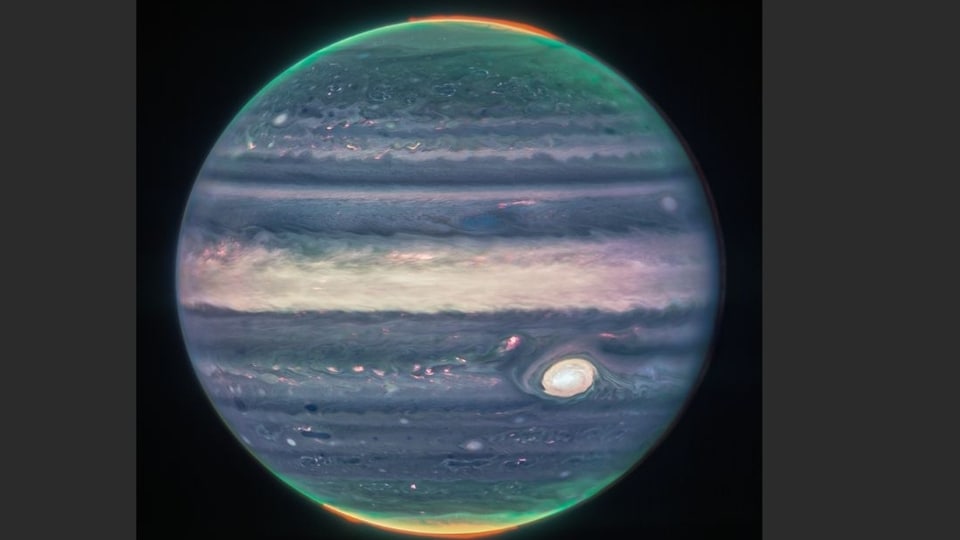
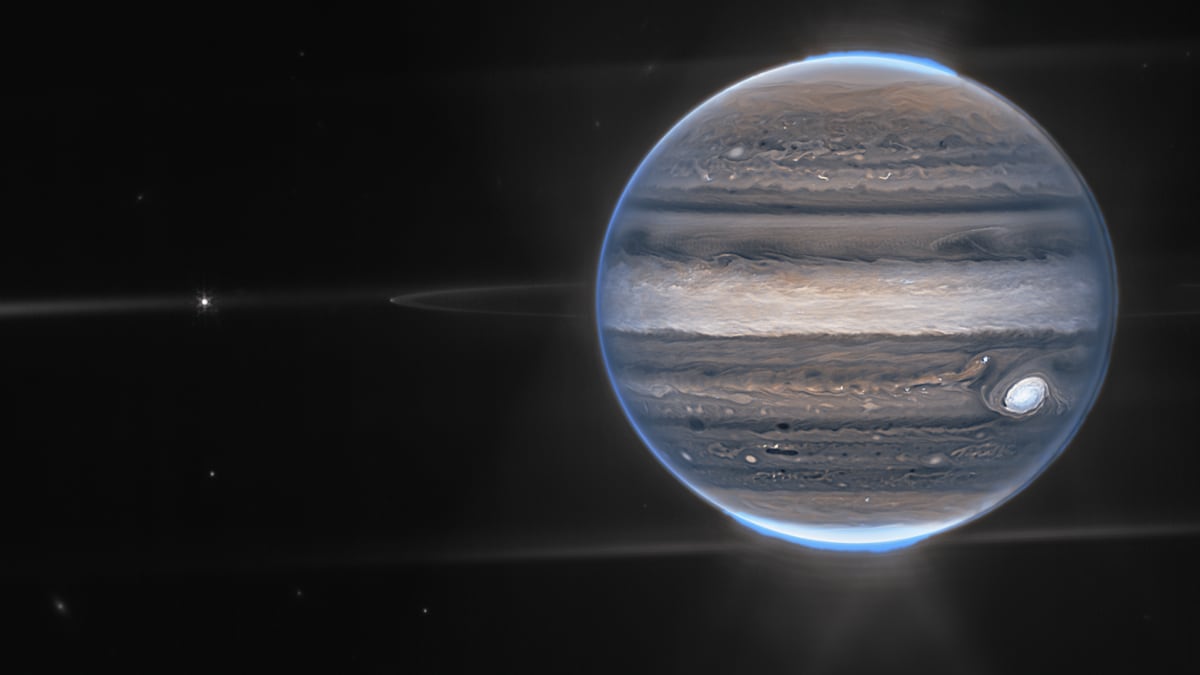
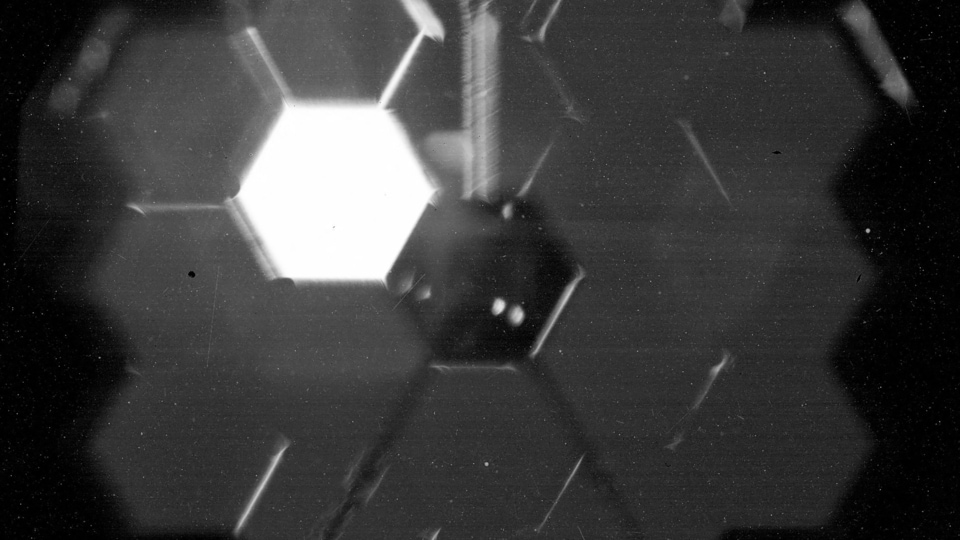
_1661230453587.jpg)
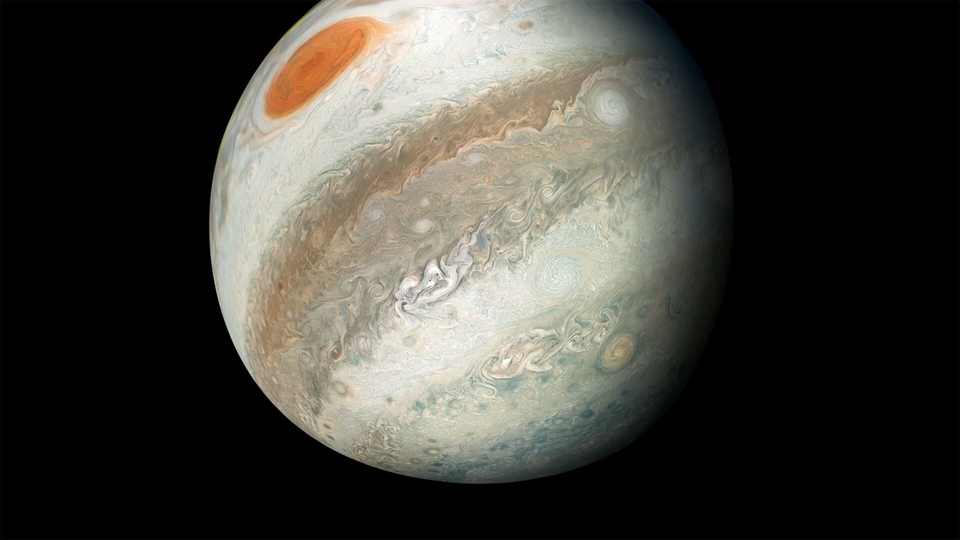
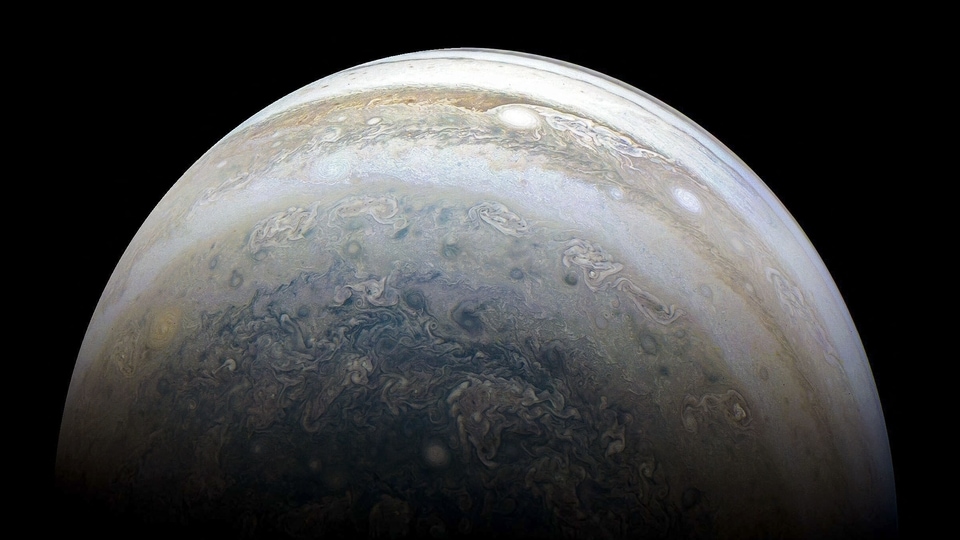
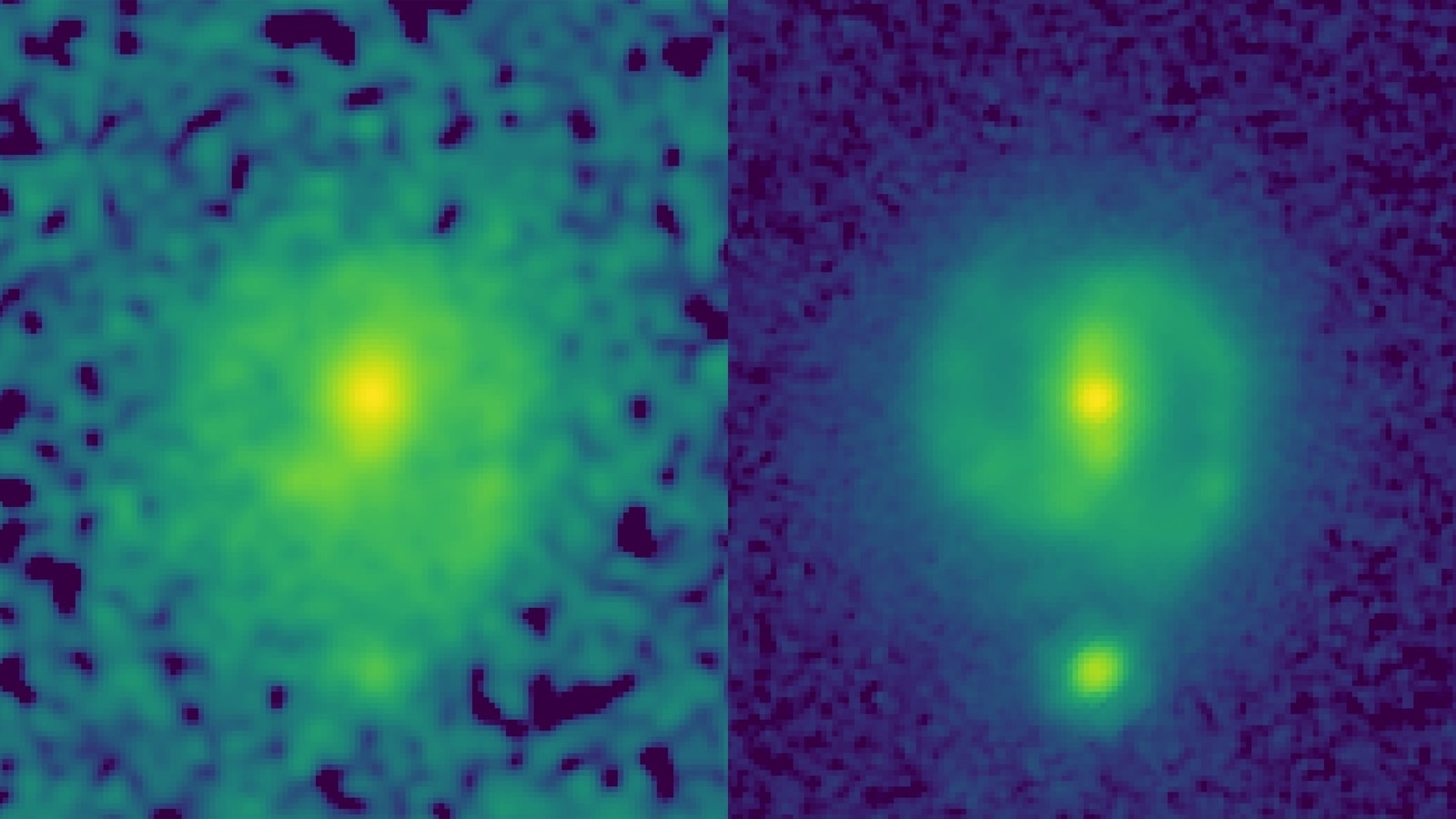
 View all Images
View all ImagesNASA's latest and most expensive James Webb Space Telescope is outdoing the Hubble Space Telescope in every way. That was expected, since the tech on Hubble Telescope is decades old. In the latest development, the images from the James Webb Telescope reveals galaxies with stellar bars—elongated features of stars stretching from the centers of galaxies into their outer disks for the first time. The study says that these galaxies are from the time when universe was just 25 percent of its present age. This means that there were Milky Way Galaxy-type galaxies even as far back in time as that. A space secret that even Hubble was not able to reveal.
It is not like the Hubble Space Telescope had never snapped galaxies. However, the Hubble telescope had never detected bars at such a young age.
"The bars hardly visible in Hubble data just popped out in the JWST image, showing the tremendous power of JWST to see the underlying structure in galaxies," Shardha Jogee, professor of astronomy at The University of Texas at Austin said. Phy.org reported that she described data from the Cosmic Evolution Early Release Science Survey (CEERS), led by UT Austin professor, Steven Finkelstein.
The research team also found another barred galaxy named EGS-24268, which also dates back to 11 billion years. And this makes two barred galaxies existing farther back in time than any previously discovered.
James Webb Telescope vs Hubble Telescope
The new James Webb Space Telescope is much more advanced than the much older Hubble Space Telescope. It can unveil structures in distant galaxies better than Hubble due to two main reasons – first, its larger mirror provides more light-gathering ability. It helps the Webb telescope to see farther objects and with higher resolution. Second, it can see through dust better as it observes at longer infrared wavelengths than the Hubble Telescope. In short, James Webb Telescope can see farther back in time than Hubble Telescope can. In fact, Webb Telescope can see back almost to the time of the Big Bang.
Catch all the Latest Tech News, Mobile News, Laptop News, Gaming news, Wearables News , How To News, also keep up with us on Whatsapp channel,Twitter, Facebook, Google News, and Instagram. For our latest videos, subscribe to our YouTube channel.





























